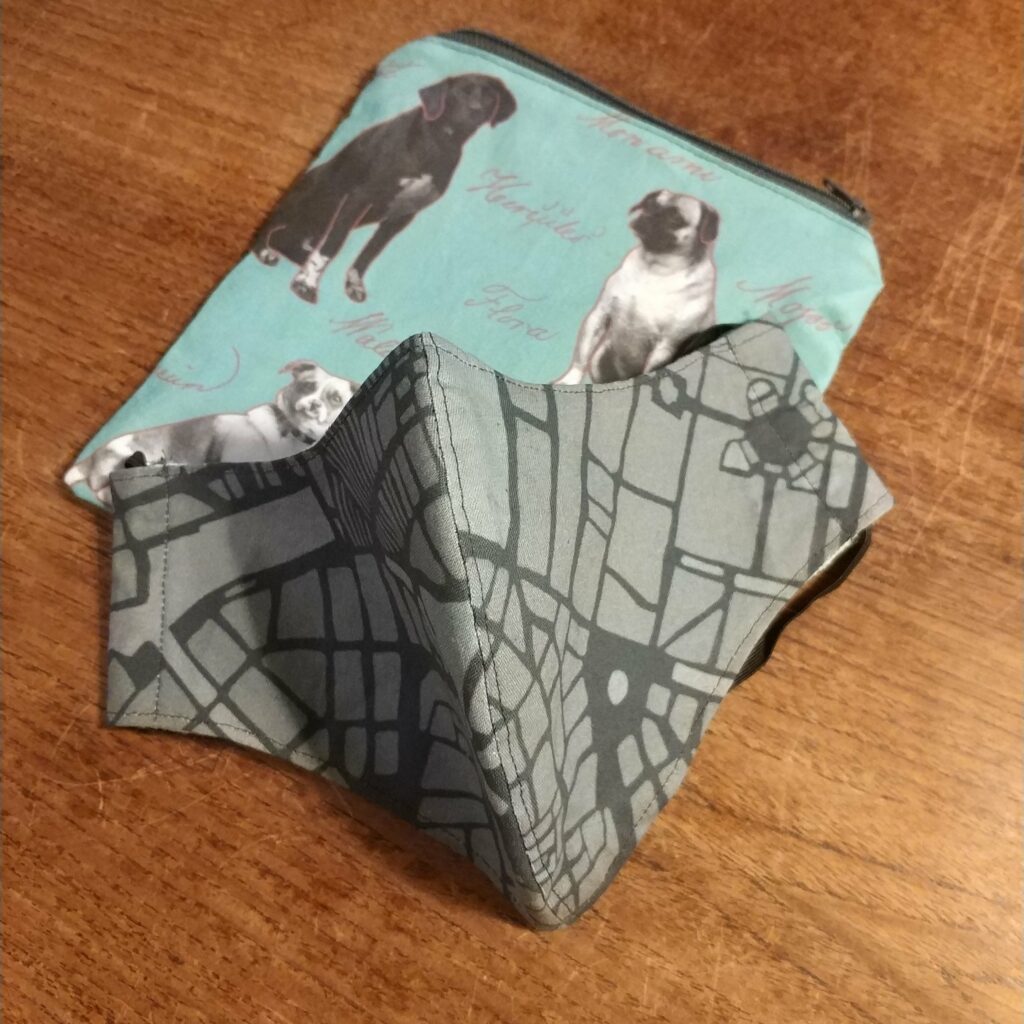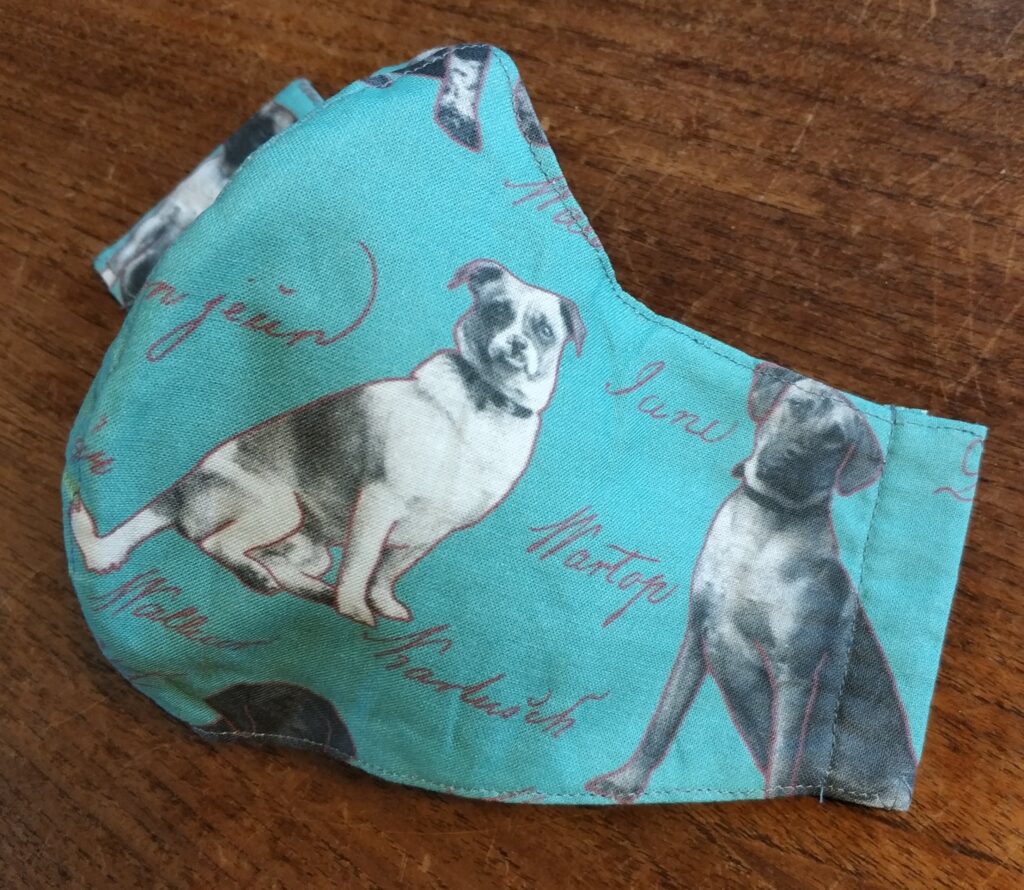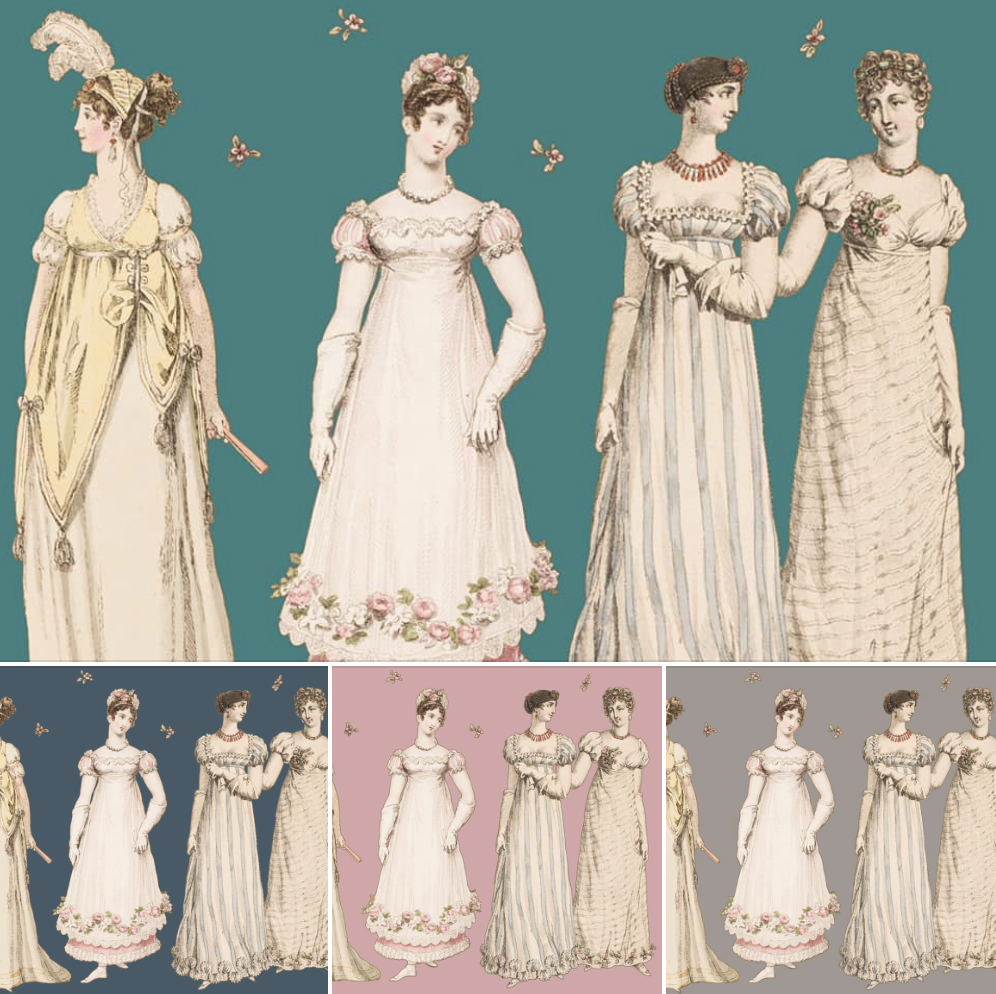… in open heritage data
Yesterday I had a wonderful chat with a heritage institution colleague about making their collection more available for creative reuse. I wanted to synthesise some of the things we discussed in this post. Especially since a discussion in a creative group on social media in the evening made me falter and doubt my own creative reuse of heritage material. To be honest I am even a little fearful of publishing this post – but here goes.
Over the last 10 years more and more heritage institutions have been publishing their collections online for everyone to look through in database structures. This means either searching or browsing through page after page of heritage stuff. I love heritage, I do, but even I don’t want to sit and look through heritage images and metadata in batches of 50 at a time. I want the fun and beautiful heritage stuff on a pillow, on my phone cover, or perhaps my facemask. I want to see it every day around the house, I want it with me everywhere I go, I want to share it with my friends both online and offline. And with custom printing and manufacture companies popping up everywhere I now can.

The beautiful
Anyone who follows me on social media will not have failed to notice that I have gotten myself into some creative reuse of heritage images to print on fabric and wallpaper through Spoonflower. As soon as I discovered the joy of creating in Procreate on my iPad and Apple Pencil (actually my husbands – sorry dear) and the fact that I can do it from the comfort of my sofa, there was no stopping me. It’s bordering on obsessive, to be honest.
Spoonflower.com is a US based site (with additional printing and shipping from Berlin, Germany) founded in 2008. Today the site includes over 1 million designs and a lot of designers behind that. Each designer earning a 10% commission when Spoonflower sells and ships fabric or wallpaper with their design on it (making it a clear commercial endevour). It is breathtaking and beautiful if you like me have a great love of textiles.
The ugly
However, that’s the nice part, now onto the ugly. Because fear is truly ugly and one of the most stifling emotions for creativity and innovation. And fear is what hit me last night. The fear of doing something wrong. The fear of being called out. The fear of legal challenges. The fear of shark lawyers. These are some pretty nasty fears that for a second made me think – perhaps I should just stop this fun and creative hobby.
The discussion was about William Morris’ designs and whether they were public domain and ok to reuse or whether they were still protected by copyright. Copyright usually has a length of creators death + 50 or 70 years. Wikipedia has a good list over copyright length in different countries. In WM’s case he died in 1896 and thus his heirs could claim copyright till 1966 (1896 + 70). When the company Morris & Co closed in 1940 it seems that the brand was bought by the company that licences the wallpaper while a different company licences the textiles.
Now I am by no means a legal expert and there may well be copyright extensions, design rights, trademarks, and other such legal fun in play here. I simply don’t know – and that in essence is my point. No one seems to know and it is super unclear. This in it self is devastating. Not so much for Morris’ work as he like Hans Christian Andersen (1805-1875) or Jane Austen (1775-1817) will probably survive the test of time. But it has consequences for the millions of creatives today who can’t stand on the shoulders of these giants for fear copyright infringement. It also has great consequences for dusty heritage stuff which institutions around the world are digitising more and more off. Because, if creatives are fearfull and unsure, they simply won’t use the material, and it will just sit there and get digitally dusty in the same way it did in the storage room.
So how do we solve this?
I think it has to be done at different levels:
Lawmakers and larger institutions need to work together (more) to encourage the understanding of Public Domain and to challenge sharks and others who claim copyright over Public Domain material. We already have networks like OpenGLAM who have worked on opening up the heritage domain for years now. This is a step in a good direction. Overall heritage should be a part of any open government efforts.
Institutions, large and small, should focus their publication of online collections on the (perhaps smaller) parts that they are sure are in the public domain. Publish these, with very clear information on rights, licences, and use scenarios. And make sure to have (social media) channels where any creatives who use the material can share their work and get praise and visibility from the institution. Be openly proud of those who actually use and reuse your online collections. Never, ever leave them in the least doubt as to whether you are ok with their reuse or not. Doubt breeds fear, fear stifles creativity.
Creatives come in all shapes and sizes, from professionals to hobby folks like me, from people looking for good design from a certain era to people (again me) who think it is the best fun to make a mask with original 19th century dog photos and their original names. Many professional creators perhaps have a better understanding of licensing and copyright through their training and have the means and motivation to look into this when in doubt. However, us hobby creatives don’t usually have this knowledge and are not motivated in the same way to look into this because our livelihood doesn’t depend on it. But, as Spoonflower found out, there are many of us. Enough to create 1 million new designs. 4.5 million creatives who use the Spoonflower marketplace to buy special prints 1 yard/m at a time. How do heritage professionals convince creatives to use their heritage material and thus help them further the understanding of the heritage in their keep to new audiences they could never reach on their own?

In order to answer that, we can to look at how Rijksmuseum in Amsterdam opened up their online collection for free use. The aims were to both controle the quality of the digital versions from a trusted source (linking back to the museum also) and to put this material where the users already are. However, his case study of the Rijksmuseum Pekel also mentions:
As archivists/librarians etc. are not trained as legal experts, it is hard for them to know for sure if a creative work is still protected by copyright. This uncertainty and the fear for claims can hold an institution back greatly in the process of making their digital collections available to a wider audience.
(Pekel, 2014)
He acknowledges that fear is a large factor in this. It just worries me if institutions are using their fear as an excuse to not make material available with clear and open rights statements. If they put the responsibility for figuring out copyright over on the users, then we are back at the beginning with William Morris, where consensus seemed to be that it is too complicated and is better just left alone. The companies profitting from WM’s designs today would probably love this conclusion. We don’t know if WM himself would. But I definitely don’t believe that heritage institutions can afford to have less interaction and engagement with their very expensive online collections because of fear.

If you are interested in Open Heritage Data you can read more about my book in this post.
If you want to see more of my heritage designs you can visit the Facebook page: Roued Heritage Design or my Spoonflower profile
As always, I would love to hear what you think about this subject on Twitter, LinkedIn or via email.